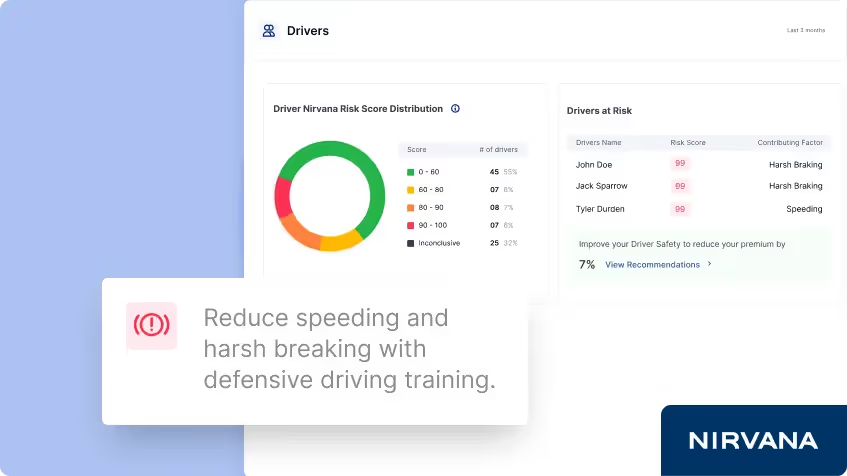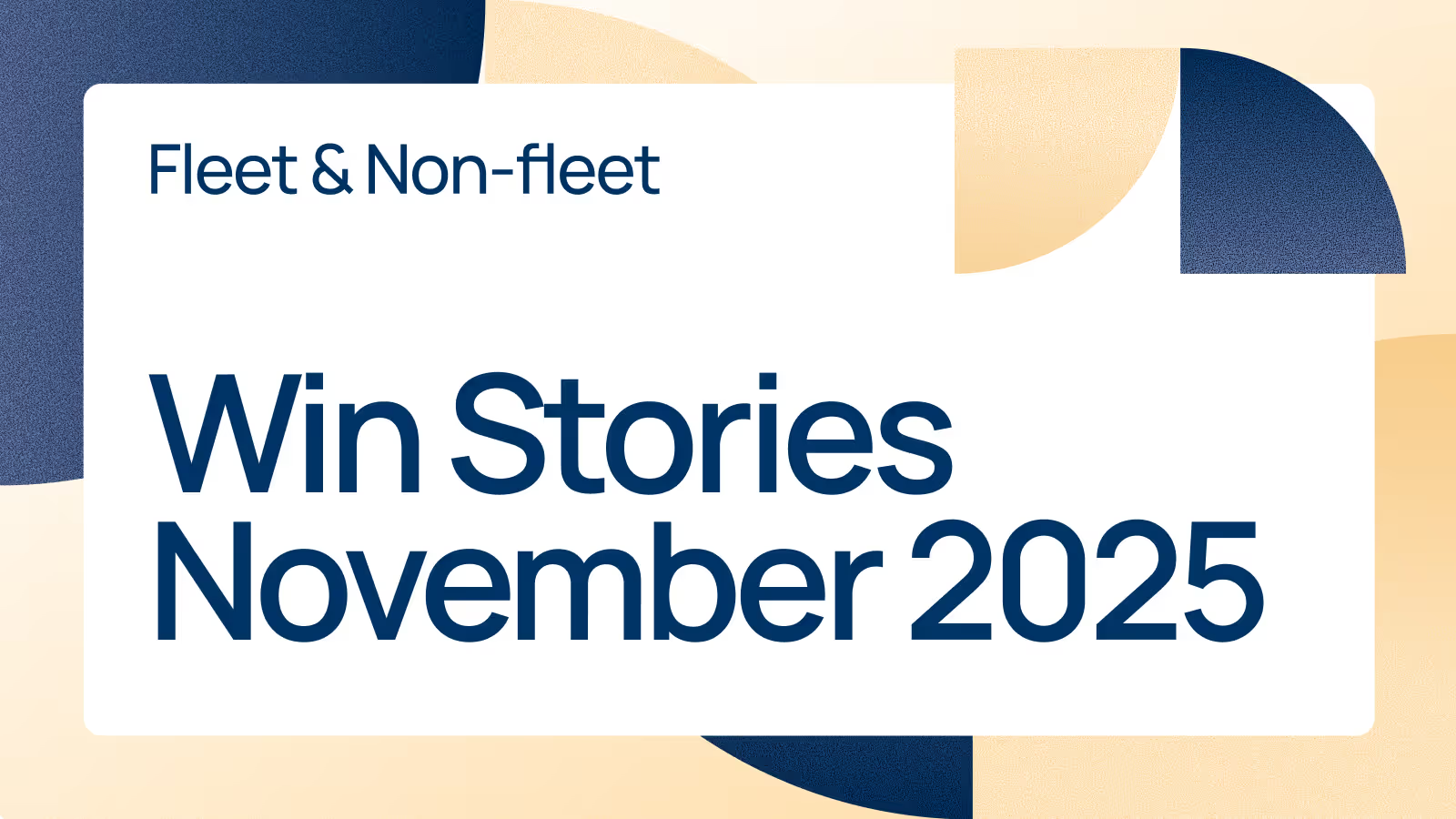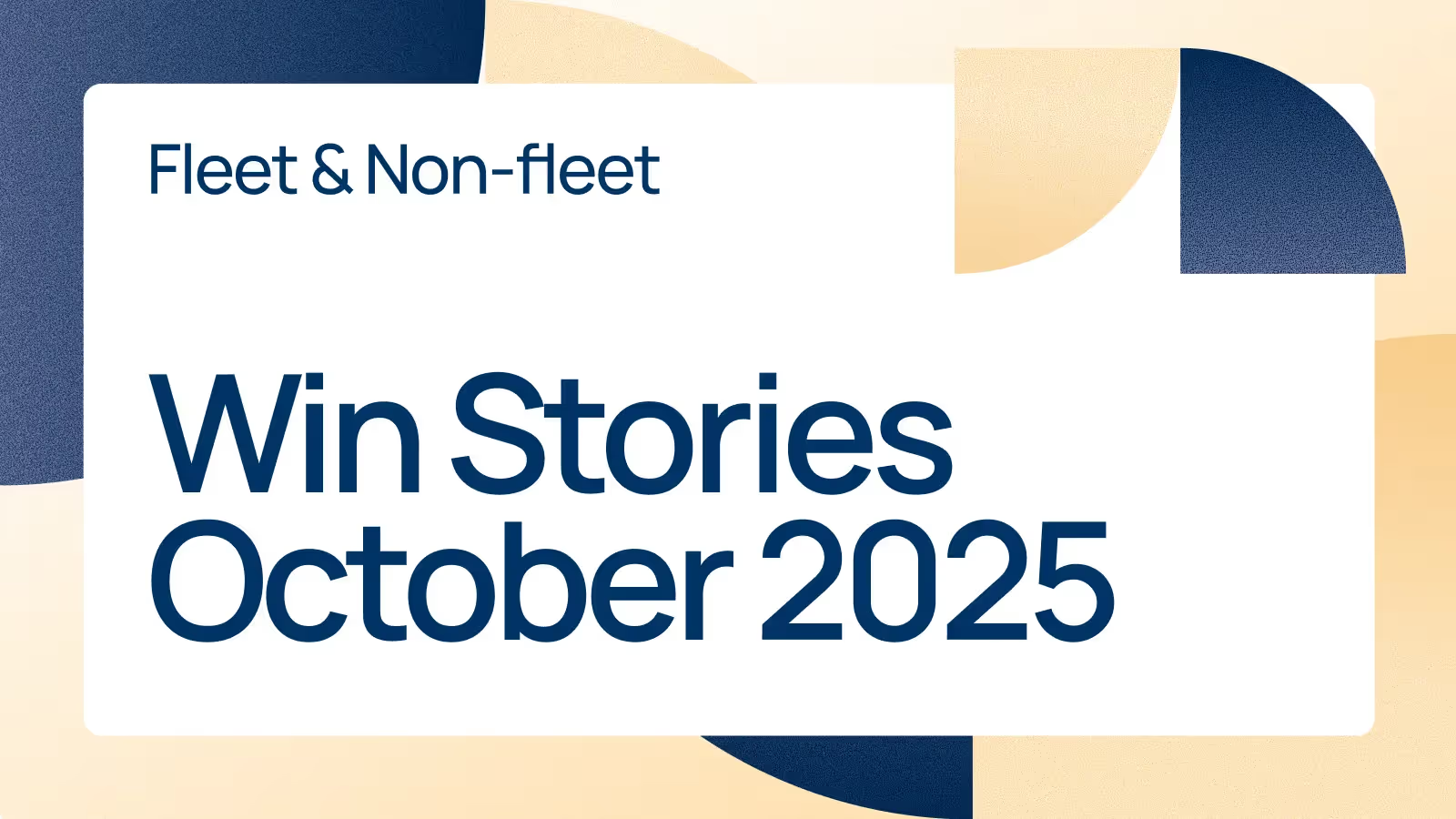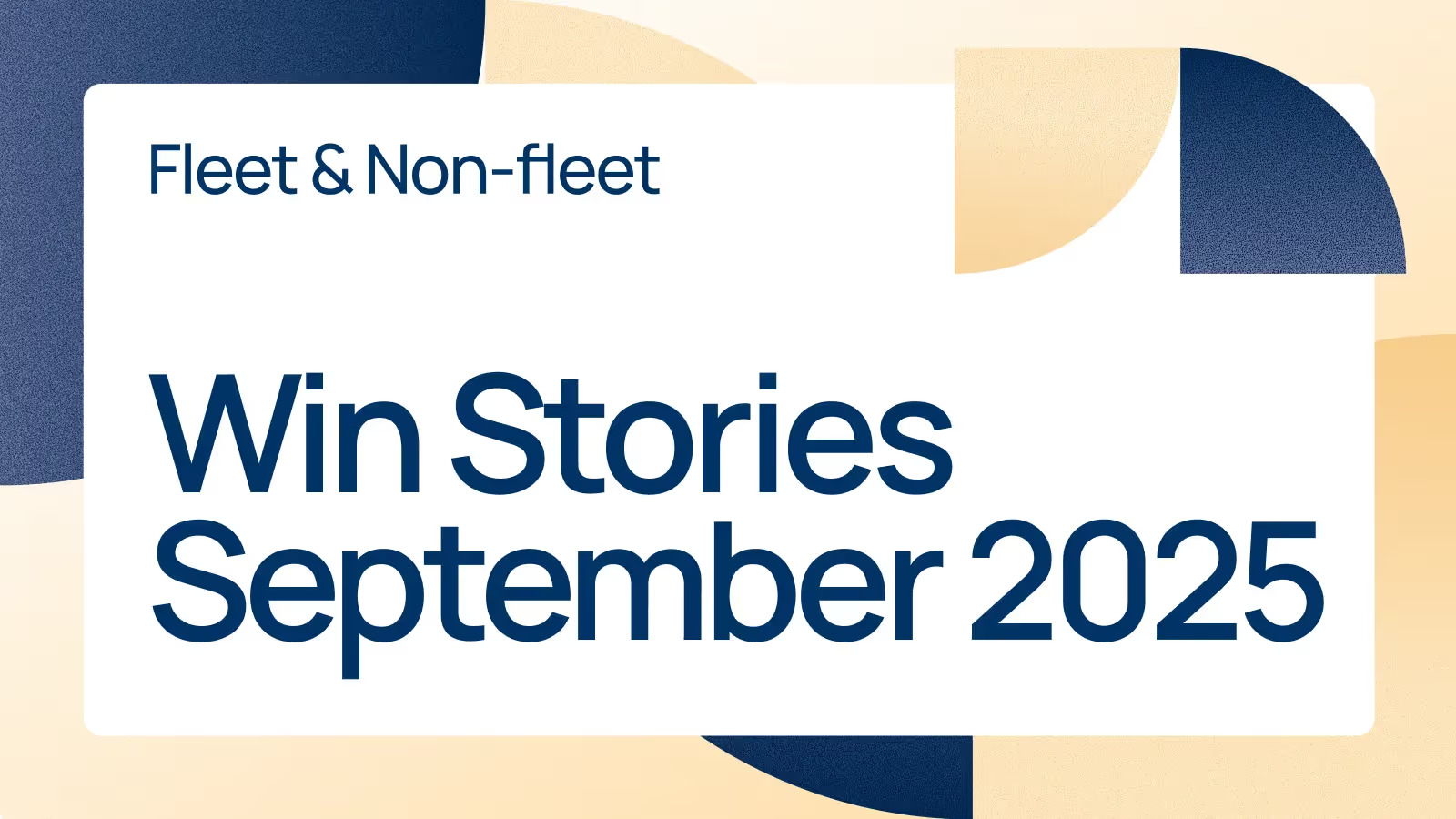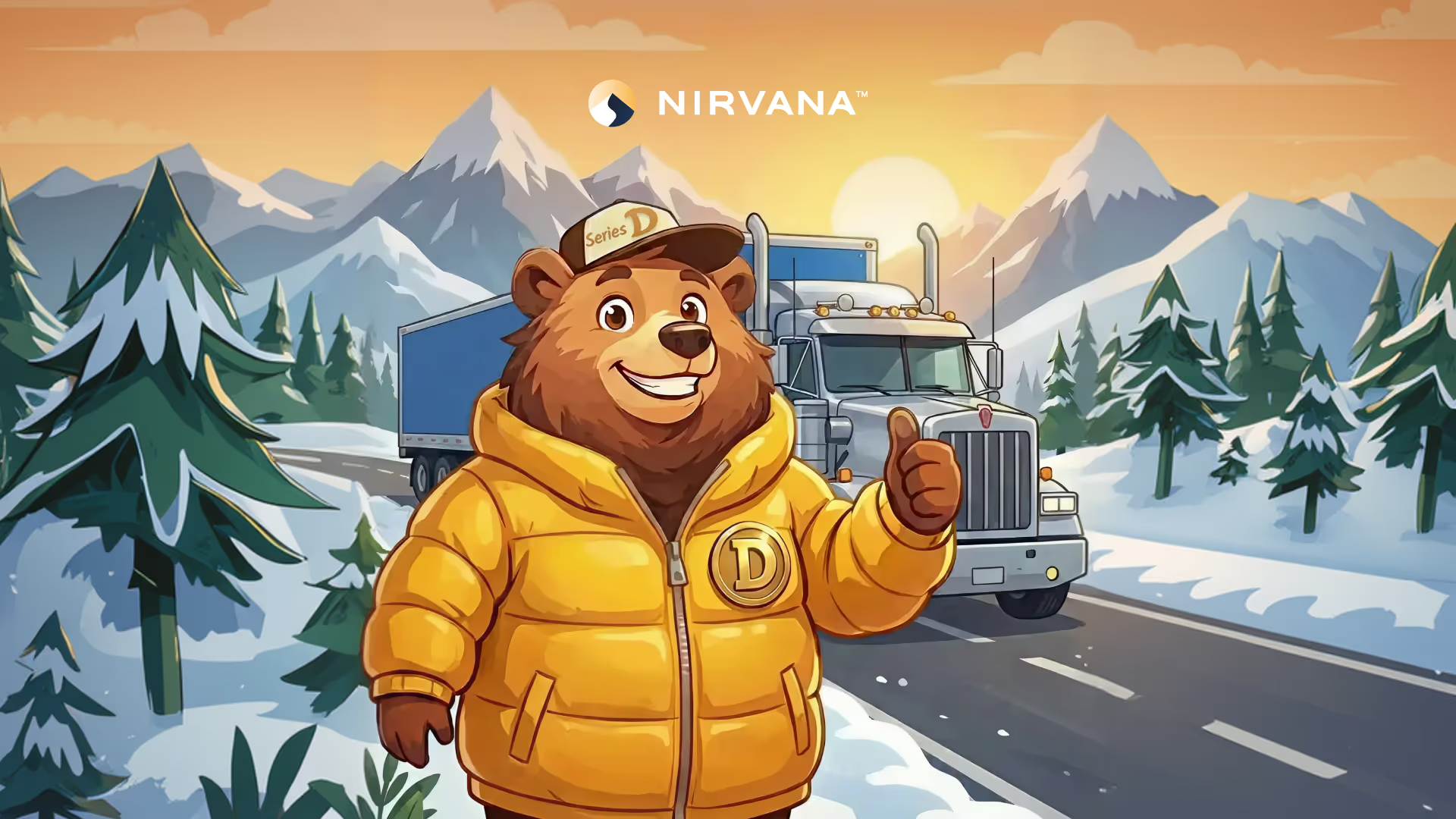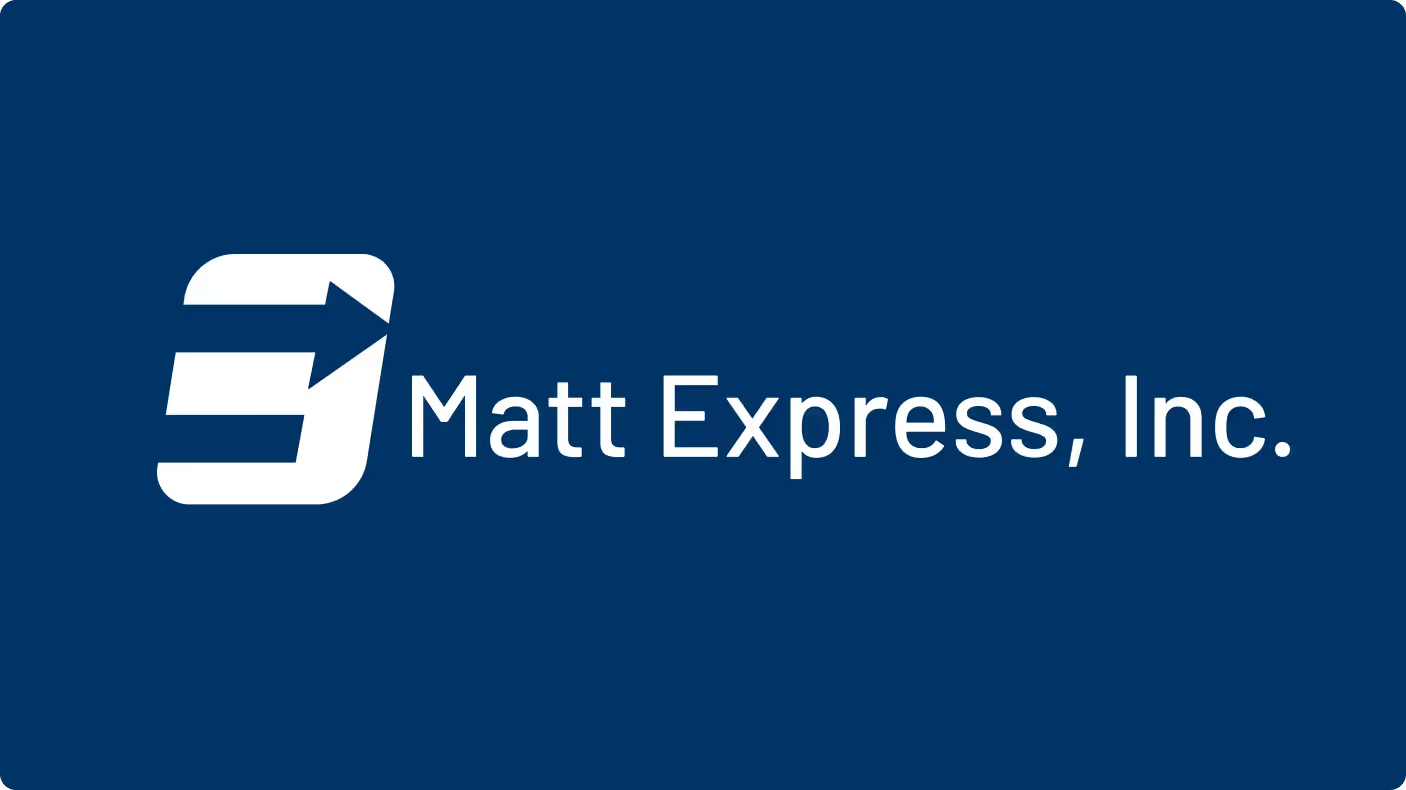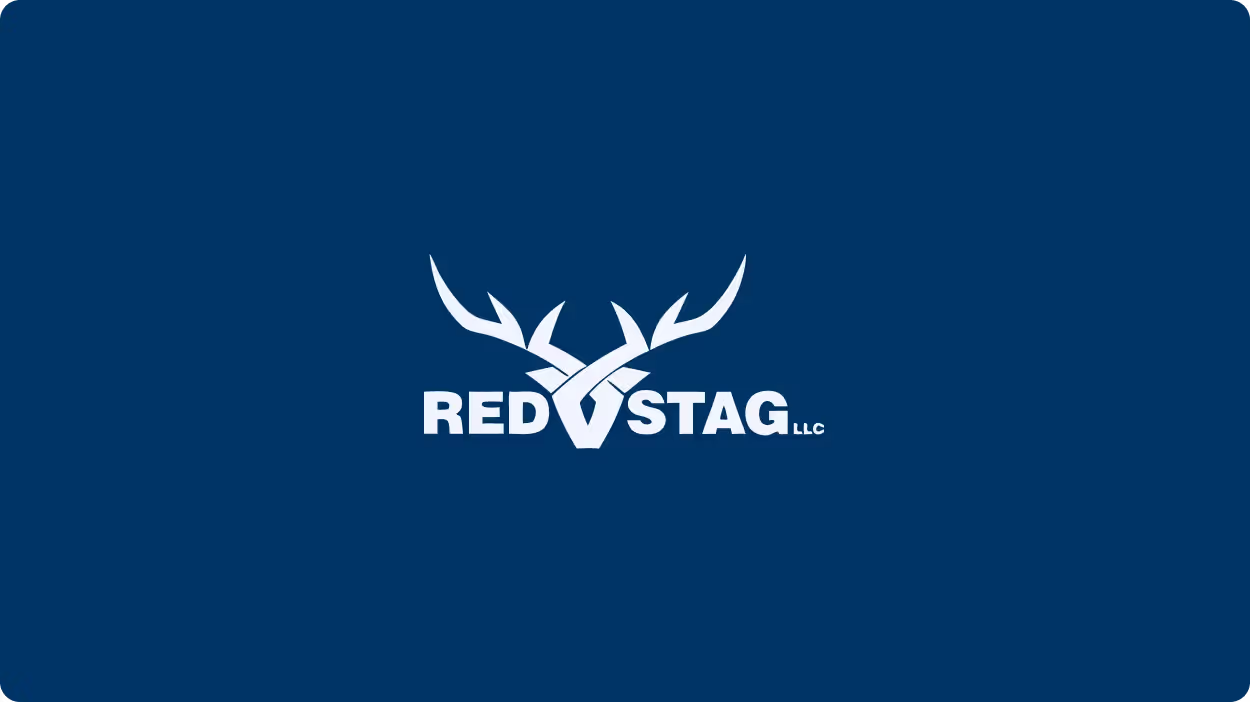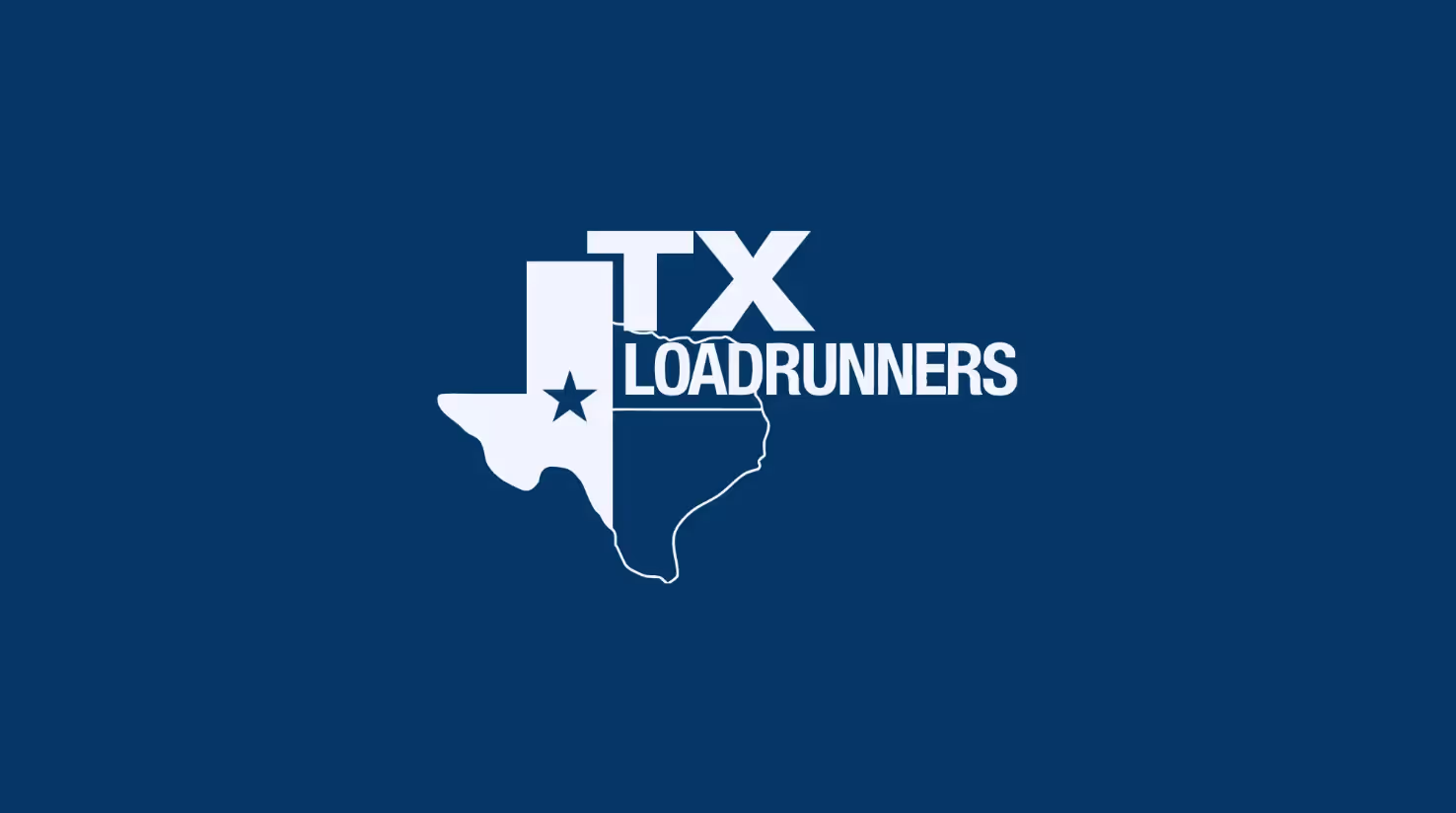True story: There was a fleet carrier with two owners who disagreed on how to run their business. Eventually they went their separate ways, each taking half the fleet. Their new businesses — let’s call them company A and company B — still used the same trucks, the same owner-operator drivers and traveled the same routes, but that is where the similarities ended.
Company A chose to truly prioritize safe driving protocols — thus, enhancing safety, lowering premiums, giving them better access to resource management and cost-effective maintenance, while Company B did what they could to get by. This made a huge difference in Company A’s ability to access the best insurance rates.
Company A’s secret? Using a powerful combination of analyzing Behavior Analysis and Safety Improvement Category (BASIC) scores (from FMCSA) plus telematics and coaching their drivers for improvement.
Visualize Issues and Challenges
For vehicle fleets, telematics data can include truck location, driver behavior, and engine diagnostics.
For many years, carriers relied solely on BASIC scores, which evaluate seven components:
- Driving safety
- Crashes
- Hours of service (HOS) compliance
- Vehicle maintenance
- Controlled substances/alcohol use
- Hazardous materials compliance
- Driver fitness
Even if two companies have similar BASIC scores, telematics can tell an insurer a different story. Using the Nirvana Safety Platform, here’s how things played out for Company A and Company B:
- Company A had a few BASIC scores above threshold, including in the “unsafe driving” category. But telematics showed that the violations triggering the alert were not the consistent behavior of the fleet.
- Company B’s BASIC score looked good on paper with every BASIC score below threshold, but their telematics data revealed something else. They were just lucky they hadn’t gotten caught with bad driving behavior. Over time, telematics showed that Company B’s drivers were often harsh braking, harsh turning and speeding.
Information Analyzed
Raw data can be difficult to understand. Enter the Nirvana Safety Platform, which helps our agency partners analyze customers and prospects’ information to determine how telematics can reduce risk and insurance costs.
The Nirvana Safety Platform gives insureds full visibility of their operation combining telematics and FMCSA data to show vehicle and driver performance. They can target rewarding and coaching their best and worst drivers using easy-to-understand data.
Nirvana is looking for the top 40% of fleets from a driving behavior standpoint. We’ve used 3 billion miles of data and 10,000 crashes to form our telematics scoring model. A good score indicates that agents can submit for potential coverage. For a company that falls below the score threshold, agents can continue to monitor the fleet carrier’s performance until they are within the score threshold of the Nirvana platform.
To decrease risk, the platform will offer safety recommendations — a great tool to help carriers prioritize safety initiatives. If they keep their drivers accountable, they’ll have fewer losses, which will in turn, lower insurance premiums. Nirvana uses this information to apply a discount between 5-20%.
Which brings us back to Company A and Company B.
Nirvana underwrites just like a traditional underwriter, first looking at traditional data sources, like BASIC scores. Then, Nirvana layers in telematics data to fully understand the fleet’s true risk.
Both Company A and Company B showed some questionable activities, but once Nirvana layered telematics data into the equation, Company A showed much better driver behavior, turned out to be an ideal client and received a discount of 15%. Company B was declined for coverage.
The moral of the story: Good driver behavior has real value. Nirvana recognizes that. To find out more, contact Nirvana.
True story: There was a fleet carrier with two owners who disagreed on how to run their business. Eventually they went their separate ways, each taking half the fleet. Their new businesses — let’s call them company A and company B — still used the same trucks, the same owner-operator drivers and traveled the same routes, but that is where the similarities ended.
Company A chose to truly prioritize safe driving protocols — thus, enhancing safety, lowering premiums, giving them better access to resource management and cost-effective maintenance, while Company B did what they could to get by. This made a huge difference in Company A’s ability to access the best insurance rates.
Company A’s secret? Using a powerful combination of analyzing Behavior Analysis and Safety Improvement Category (BASIC) scores (from FMCSA) plus telematics and coaching their drivers for improvement.
Visualize Issues and Challenges
For vehicle fleets, telematics data can include truck location, driver behavior, and engine diagnostics.
For many years, carriers relied solely on BASIC scores, which evaluate seven components:
- Driving safety
- Crashes
- Hours of service (HOS) compliance
- Vehicle maintenance
- Controlled substances/alcohol use
- Hazardous materials compliance
- Driver fitness
Even if two companies have similar BASIC scores, telematics can tell an insurer a different story. Using the Nirvana Safety Platform, here’s how things played out for Company A and Company B:
- Company A had a few BASIC scores above threshold, including in the “unsafe driving” category. But telematics showed that the violations triggering the alert were not the consistent behavior of the fleet.
- Company B’s BASIC score looked good on paper with every BASIC score below threshold, but their telematics data revealed something else. They were just lucky they hadn’t gotten caught with bad driving behavior. Over time, telematics showed that Company B’s drivers were often harsh braking, harsh turning and speeding.
Information Analyzed
Raw data can be difficult to understand. Enter the Nirvana Safety Platform, which helps our agency partners analyze customers and prospects’ information to determine how telematics can reduce risk and insurance costs.
The Nirvana Safety Platform gives insureds full visibility of their operation combining telematics and FMCSA data to show vehicle and driver performance. They can target rewarding and coaching their best and worst drivers using easy-to-understand data.
Nirvana is looking for the top 40% of fleets from a driving behavior standpoint. We’ve used 3 billion miles of data and 10,000 crashes to form our telematics scoring model. A good score indicates that agents can submit for potential coverage. For a company that falls below the score threshold, agents can continue to monitor the fleet carrier’s performance until they are within the score threshold of the Nirvana platform.
To decrease risk, the platform will offer safety recommendations — a great tool to help carriers prioritize safety initiatives. If they keep their drivers accountable, they’ll have fewer losses, which will in turn, lower insurance premiums. Nirvana uses this information to apply a discount between 5-20%.
Which brings us back to Company A and Company B.
Nirvana underwrites just like a traditional underwriter, first looking at traditional data sources, like BASIC scores. Then, Nirvana layers in telematics data to fully understand the fleet’s true risk.
Both Company A and Company B showed some questionable activities, but once Nirvana layered telematics data into the equation, Company A showed much better driver behavior, turned out to be an ideal client and received a discount of 15%. Company B was declined for coverage.
The moral of the story: Good driver behavior has real value. Nirvana recognizes that. To find out more, contact Nirvana.
